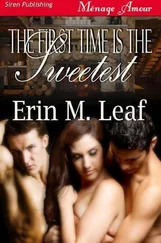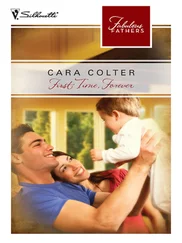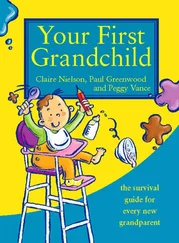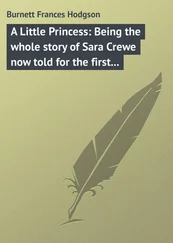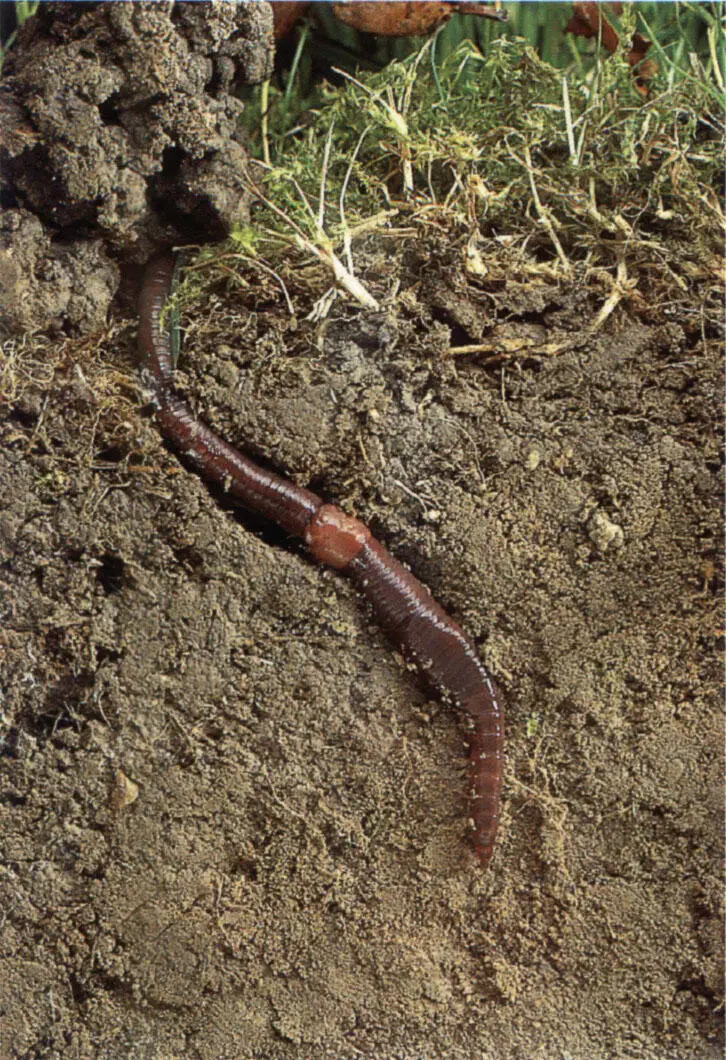
Stephen Dalton/NHPA
Worms have been conditioning our planet’s soil for millions of years by recycling organic matter.
Subsoil:This is the level below the topsoil and it usually differs in colour from the topsoil. It is often lighter in colour. One reason for this is that none, or very little, of the applied organic material reaches down to this level. The subsoil will still contain nutrients from which your plants will benefit, but it will not be anywhere near as fertile as the topsoil.
If, when you are digging, you reach subsoil, stop! Do not incorporate subsoil into the topsoil. You will know you have reached subsoil not only with a change in colour, but also as this layer will be more densely packed than the topsoil. You will undoubtedly have worked hard to achieve your desired structure and quality of topsoil. It will not assist you to then integrate subsoil into this valuable mix.
KIM’S TIPS
It is likely that most people will have a soil that is a mixture of two or more of the basic types described on the previous page.
What I look for in a soil is a good open structure that is crumbly and with an evenly moist texture.
Even if you don’t start with an ideal soil, it is possible to work towards a more ideal one with perseverance and, of course, a little general knowledge. So whatever type of soil you have it is good to know that you can improve on it.
The properties and condition of soil are absolutely fundamental to the level of your success in the garden. Plants, like children, will respond well to good nourishment!
The pH value of your soil
Depending on what you intend to plant in the garden, it may be useful for you to know the pH of the soil. Some soils are naturally acid, and some soils are naturally alkaline. There are plants that will only grow in an acid soil and, conversely, there are plants that will only grow in an alkaline soil. However, this is looking at both extremes of a soil’s acidity or alkalinity. Local climate will give you a clue as to whether your soil is alkaline or acid. High rainfall areas often have acidic soils as the rain leaches out alkaline elements in the soil, whereas alkaline soils are typically found in low rainfall areas. Classic acid-loving plants include heather, camellia, rhododendron, pieris and hydrangea. Classic alkaline plants include lilac, clematis, wisteria, rosemary and ceanothus.
Soil can be tested to see how acid or alkaline it is. The test is known as a pH test. The pH value ranges on a scale of 1 to 14. A pH value of 1 is very acid and a pH value of 14 indicates that the soil is very alkaline. A value of 7 is regarded as neutral.
Testing your soil
If you wish or need to know the pH of your soil, you can buy a soil testing kit from your local gardening centre. They are simple and easy to use:
1Mix a small amount of soil with a chemical solution in a test tube.
2Shake the tube and the solution will change colour.
3Match the resultant colour against a colour chart supplied in the kit. This will correspond to a pH value and tell you to what degree your soil is acid or alkaline. Neutral soil has a pH of 7; a lower number indicates an acidic soil and a higher number, an alkaline soil.
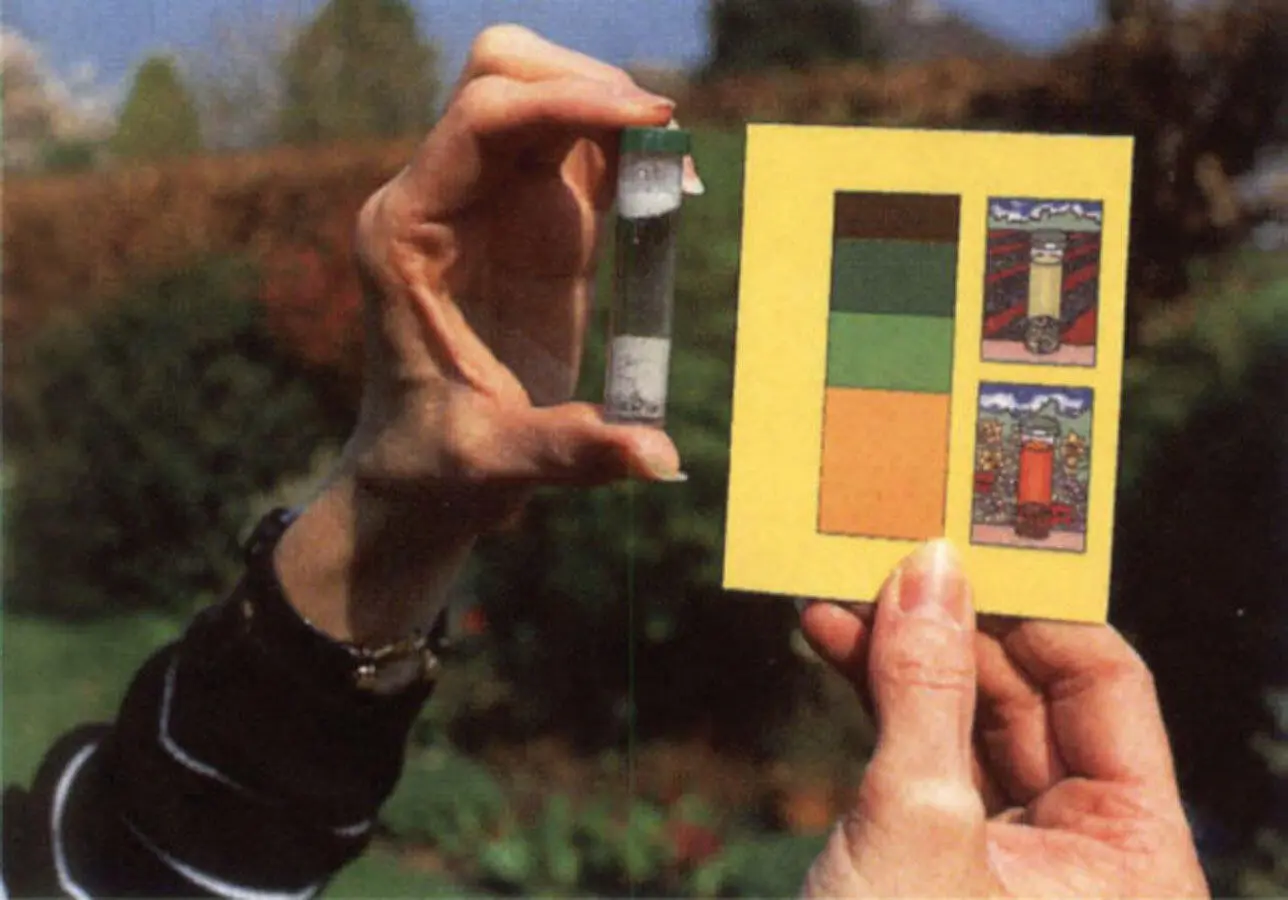
The best soil
It is generally accepted that a neutral to slightly acidic pH would be the most beneficial in order to grow the widest range of plants. So a pH value somewhere between 5 and 7 would be ideal.
Alkaline soils are a problem if you wish to grow rhododendrons and heathers as both of these species thrive in acidic soils. Alkaline soils are also problematic because of their high level of calcium. Calcium increases the rate of decomposition of organic material, making it necessary to add manure to the soil more often.
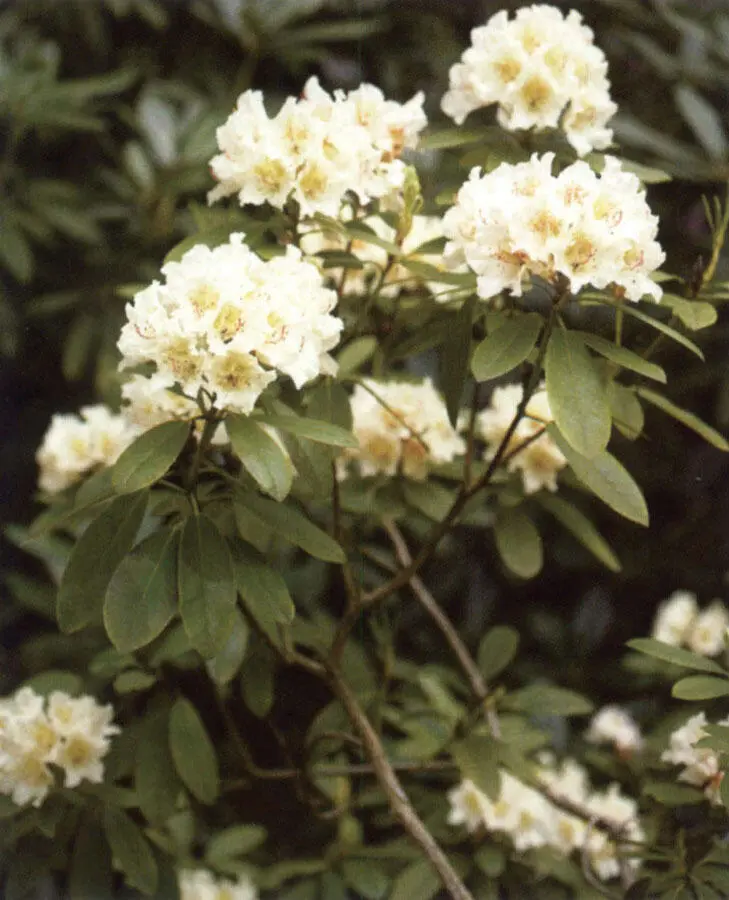
Rhododendrons are not difficult to grow, but they do require an acid soil to do well.
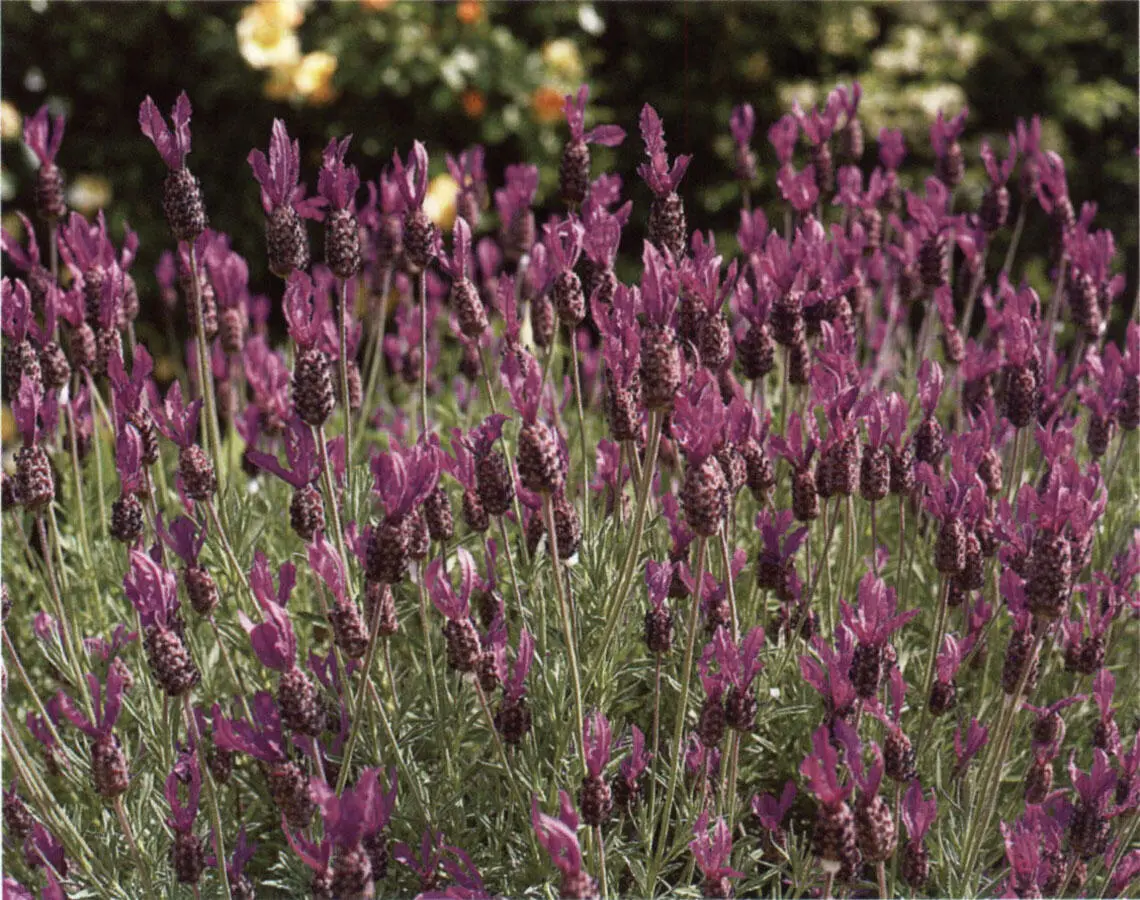
Lavender originates from the rocky terrain of the Mediterranean and manages well in dry, stony soil.
Improving and buying soil
The most important thing you can do to keep all the plants in your garden happy and healthy is to improve your garden soil. The best way to do this is to increase the amount of organic matter that it contains by adding your own garden compost or well-rotted farmyard or stable manure. This last needs to be at least a year old because fresh manure can actually kill plants.
Organic matter consists of the dead and decomposing remains of animal and plant life and gives better overall soil fertility. Among other things it provides nutrients for plants, improves drainage, and helps retain moisture in the soil. Garden compost, farm manure, leaf mould and spent mushroom compost, are just some of the more common sources of organic matter. Any of these are not only good for improving the soil, but they can be used as a mulch to conserve moisture and suppress weeds if spread generously across the surface of a bed. Over time, worms will incorporate the mulch into the soil below. Organic matter incorporated into clay soil in the autumn will open it out, allowing more freedom for the circulation of air and water, promoting healthy root growth. Digging organic matter into sandy soils in the autumn will improve water and nutrient retention by acting like a sponge. Incorporate it into the soil whenever possible. I also make good use of potting compost that has already been used for seasonal bedding plants, spreading it across the vegetable garden and lightly forking it in before sowing seeds.
If you are starting to tackle your garden for the first time, the more you can do to improve your soil before planting the better. I have seen newly planted shrubs in poor, unimproved soil that, after a couple of growing seasons, have hardly made any growth at all. In soil that has had plenty of organic matter to bulk it up, the same shrubs would be almost mature in the same time.
The soil in our garden was originally poor, dry and free draining; I have selected plants that are suitable for this type of soil but I also continually improve the soil.
It is hard work though! When you finally manage to persuade your local farmer or stable owner to deliver you a load of well-rotted manure you will suddenly realize that it’s heavy, and it takes a lot of effort to move it all around the garden! But once the job is done, you can sit back, safe in the knowledge that the worms will get to work on it, pulling it down into the soil, and eventually the organic mulch will add nutrients and structure to the soil.
KIM’S TIPS
Plants are only as good as the soil that they grow in, so develop a regular habit of making your own compost, and enriching your soil with it whenever possible.
If well-rotted manure isn’t available from a local farm, you can buy or order it at garden centres.
Buying top soil
If you are redesigning your garden, or if your existing soil is very poor, you may decide that you need to bring in some extra topsoil. The quality of topsoil for sale can vary a lot, so it’s always best to look at it before buying it. Ideally the soil should be dark – humus rich – crumbly and free from stones and perennial weeds. Also get some advice on how much you need for any particular space – a couple of tonnes may sound a lot, but when it is spread out it doesn’t go that far.
Читать дальше





